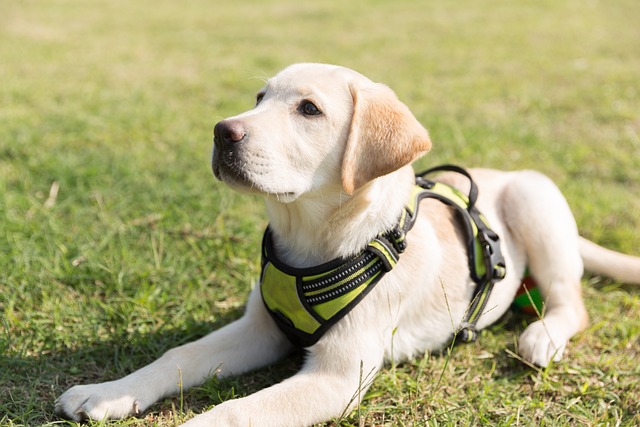
What is the hardest week of a puppy
You’re lying in bed at 3 a.m. in your Dallas apartment, eyes wide, as your 8-week-old Lab puppy whimpers from her crate. You’ve cleaned up two accidents,
You’re enjoying a cozy evening, munching on a chocolate bar, when suddenly your curious Labrador Retriever swipes the remaining piece right off the coffee table. Panic floods in as you wonder: what does chocolate do to dogs symptoms? It’s a terrifying situation that many dog owners in bustling cities like New York or sunny Los Angeles have found themselves in, and understanding the risks is crucial for your furry friend’s well-being.
Chocolate contains a compound called theobromine, which acts like a super-charged caffeine for dogs. Humans can break down theobromine easily, but dogs’ bodies aren’t built for it. Dark chocolate and baking chocolate are the most dangerous culprits, packing up to 10 times more theobromine than milk chocolate. When a dog ingests chocolate, the theobromine gets absorbed into their bloodstream. It then starts revving up their central nervous system and overworking their heart, kind of like giving a child a dozen energy drinks all at once. My cousin’s small Poodle once nibbled on a bit of dark chocolate, and within hours, it was clear something was wrong.
The symptoms of chocolate poisoning can vary based on how much chocolate was eaten and the dog’s size. Mild cases might show up as an upset stomach, with your dog vomiting, having diarrhea, or just looking generally queasy. You might notice they’re more restless than usual, pacing around the house when they’d normally be napping. As the situation worsens, their heart rate can skyrocket, leading to rapid breathing and a visibly pounding chest. In severe cases, dogs can experience tremors, seizures, and in the most tragic scenarios, it can even lead to death. A friend in Chicago had a Labrador that ate a whole bag of chocolate chips, and it quickly went from acting a bit hyper to having full-blown seizures.

If you suspect your dog has eaten chocolate, don’t waste a second. First, figure out how much and what type of chocolate they consumed. Then, call your veterinarian immediately—they’ll guide you on the next steps, which might include inducing vomiting (but never do this without professional advice). Keep an eye on your dog for any developing symptoms and be prepared to rush them to the emergency vet if things take a turn for the worse.
As a responsible dog owner in the U.S., there are other important factors to consider. Always keep your dog’s vaccinations up to date, especially rabies shots, which are legally required in every state. A dog dealing with chocolate poisoning is more vulnerable, and proper vaccinations can help prevent additional health issues. When out walking your dog, remember to clean up after them—neglecting this can result in hefty fines, like in Seattle where you could be slapped with a $250 penalty. If you live in an apartment, store chocolate and other harmful foods in high cabinets or sealed containers out of your dog’s reach. And if your dog ever gets into something they shouldn’t, avoid punishment. Instead, use positive training methods. Offer treats and praise when they listen to commands, reinforcing good behavior over time.

You’re lying in bed at 3 a.m. in your Dallas apartment, eyes wide, as your 8-week-old Lab puppy whimpers from her crate. You’ve cleaned up two accidents,

Bringing a small dog into your life means endless snuggles and tail wags, but it’s important to know that some breeds face more health challenges than others.

If you’ve brought a Border Collie into your home, you’ve welcomed a whirlwind of intelligence and energy. These herding dogs were bred to work long days in open fields,

Watching your dog struggle to jump onto the couch or limp during walks can break your heart. Arthritis, a common and painful joint condition, can affect dogs at various ages.

If you've ever watched a Husky scarf down their food like it's the last meal on earth, you might wonder if their eating habits spell trouble for their stomachs.

Imagine this: You’re sorting through Halloween candy, and your curious Cocker Spaniel sneaks a square of dark chocolate off the counter.